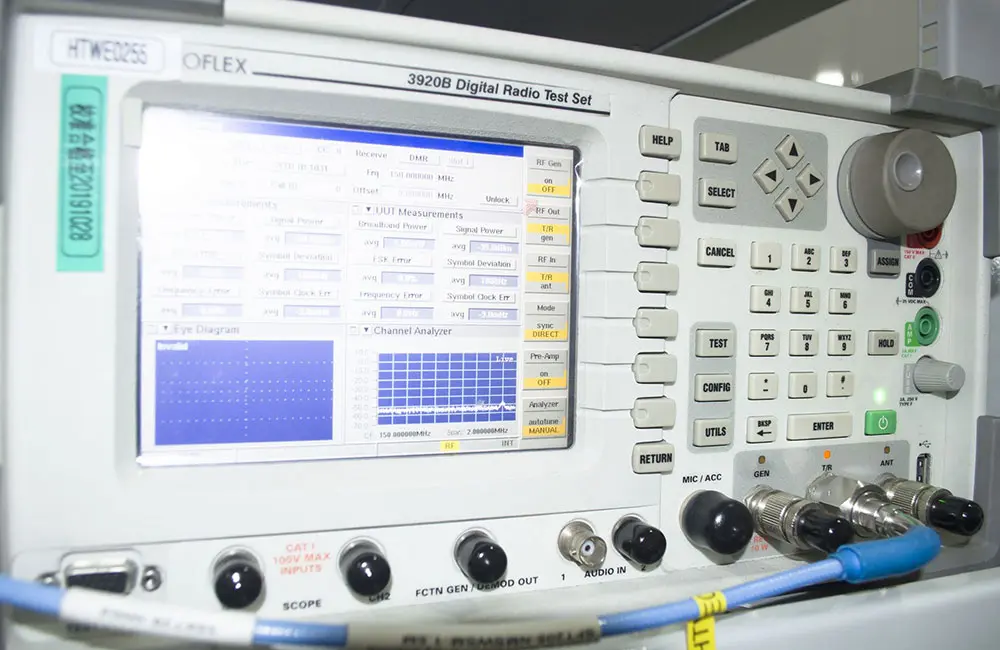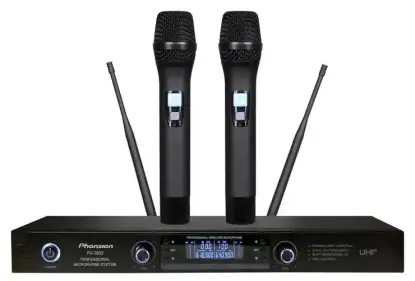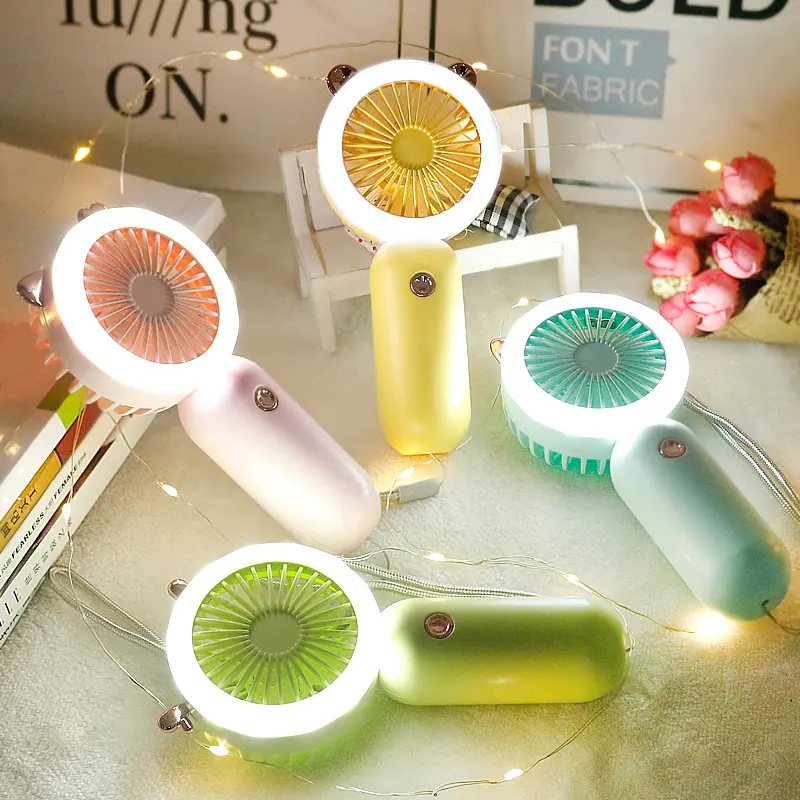
Low Voltage Directive (LVD) 2014/35/EU Testing
China JJR Laboratory is an IEC 17025 accredited laboratory, offering product safety testing services that cover the Low Voltage Directive (LVD), assisting manufacturers in meeting CE marking requirements.

The Low Voltage Directive (LVD) 2014/35/EU states that electronic products can only be placed on the market if they meet protection requirements and do not endanger the safety of humans, animals, or property. Most electronic products used in our daily lives must comply with the mandatory LVD testing requirements and have proper documentation if they fall within the scope of the CE marking.
The LVD covers the health and safety risks of electrical products within the following input and output voltage ranges:
- AC: 50-1000V
- DC: 75-1500V
It applies to a wide range of electrical equipment, including:
- Household appliances (e.g., coffee machines, refrigerators, microwaves)
- Audio and video products (e.g., televisions, radios, video recorders)
- Lamps and lighting products
- IT and office equipment
- Cables
- Power adapters
- Laser equipment
- Electrical accessories and certain components (e.g., fuses)
The directive does not cover:
- Electrical equipment for use in explosive atmospheres
- Radiological and medical electrical equipment
- Electrical components of lifts
- Household plugs and sockets
Common Electrical Safety Tests
Although commonly referred to as electrical safety tests, the actual assessment goes beyond the electrical characteristics of the product and includes:
- Electric shock hazard tests
- Energy-related risk tests
- Fire prevention tests
- Heat-related risk tests
- Mechanical risk tests
- Radiation tests
- Chemical hazard tests
- Abnormal operation tests (equipment malfunction or failure)
For inquiries, please contact China JJR Laboratory.
Email:hello@jjrlab.com
Write your message here and send it to us
 Wireless Microphone Export Certification
Wireless Microphone Export Certification
 Audio-Visual Products SNI Certification in Indones
Audio-Visual Products SNI Certification in Indones
 FCC-ID: Still Needed if Module is Certified?
FCC-ID: Still Needed if Module is Certified?
 FCC Certification Fees for Handheld Fans
FCC Certification Fees for Handheld Fans
 FCC Certification Testing for Smart Lighting Produ
FCC Certification Testing for Smart Lighting Produ
 What is the ETSI EN 303 645 Testing Standard?
What is the ETSI EN 303 645 Testing Standard?
 UL Compliance and ETL Certification for LED Lighti
UL Compliance and ETL Certification for LED Lighti
 What is the IEC 60598 Standard?
What is the IEC 60598 Standard?
Leave us a message
24-hour online customer service at any time to respond, so that you worry!




